That’s Edutainment: Using The Simpsons as a Teaching Tool in the Classroom
Things have changed quite a bit since I began teaching seventeen years ago... which means I must change as well.
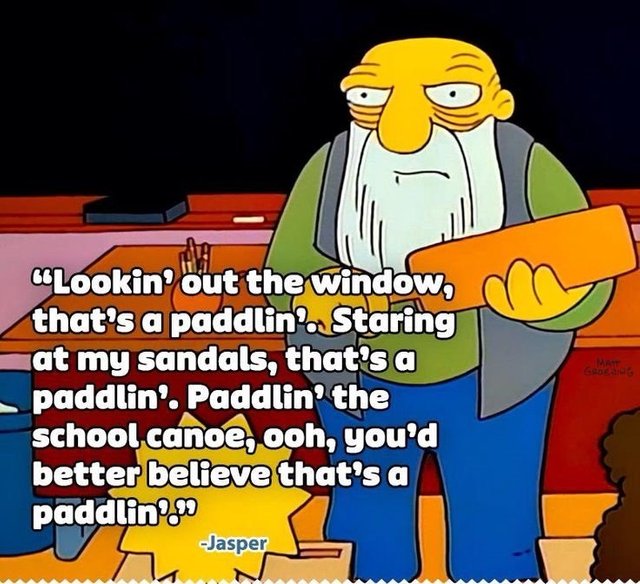
Fox Broadcasting
Every single generation can look at the younger generation and fill in these blanks:
Those darn kids today with their _________________ and _______________.
- Blue jeans and rock music
- Bell bottoms and disco
- Parachute pants and break dancing
- Saggy pants and hip hop
- Skinny jeans and EDM
Hopefully, I will live long enough to complain about and fill in those blanks with whatever my grandkids are into someday (hopefully it will be something like sequined unitards and the sound of men combing their beards).
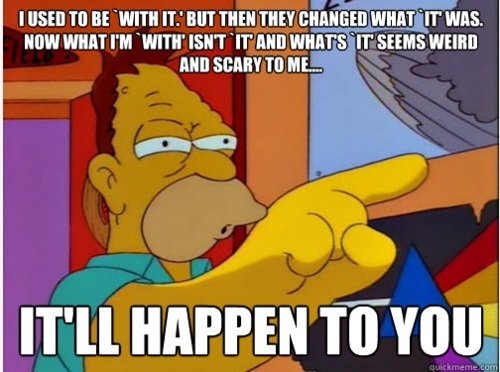
Fox Broadcasting
It’s a foregone conclusion that every older generation is going to complain about “those kids today”. It just makes sense. Change freaks people out. Lack of understanding of something often leads to disliking it. As long as the older generation remembers how they were different from previous generations, and they don’t judge the yoots (“what’s a yoot?”) too harshly, it’s fine. It’s just part of the normal progression. After all, would you really want to see grandma rocking some yoga pants on the way to the Skrillex show?
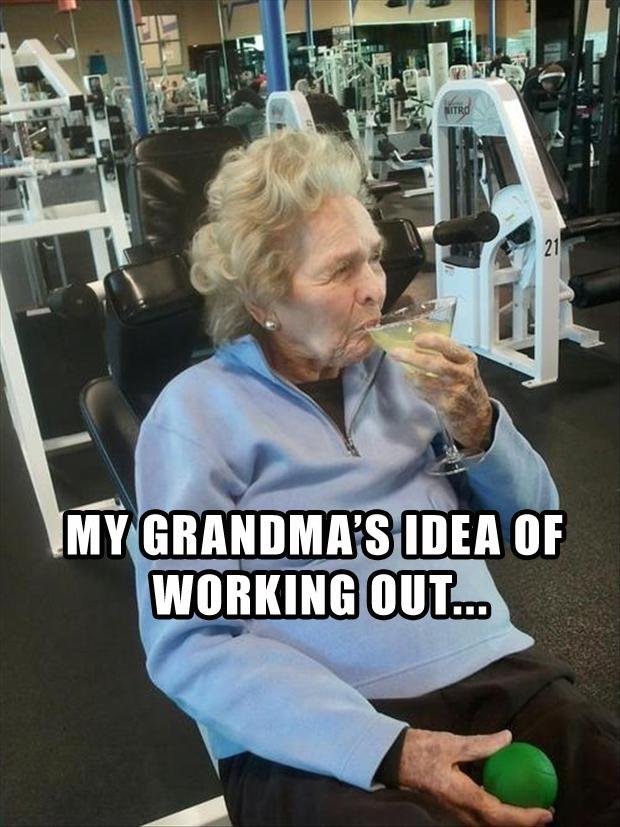
Just because this progression is normal, doesn’t mean it is easy… especially for a high school teacher.
Maybe I sound like an old fogey, but it is an undeniable fact that today’s teenagers are incredibly different from me when I was a teenager. They are even incredibly different from teens ten years ago. Today’s teens never have to wait to be entertained. They have a computer in their pocket that gives them access to music, movies and TV shows. But they don’t even have time to wait for the end of a TV show to get the payoff. They can just watch a vine that pays off in six seconds. SIX SECONDS.
They can talk to their friends anywhere in the world. But they don’t have time to do that. They can easily just send a text instead. But even that takes too long. So they send a snapchat photo in two seconds. After all, a picture is worth 1000 emojis.

Fox Broadcasting
Ok. Time to put the old man back in his box. I’m not even upset that kids have access to these things. It’s just part of the inevitable progression. Whether these things are positive or negative is actually insignificant to me. They exist. Kids use them. Deal with it.
However, what is significant, is the fact that the habit of seeking hyper-immediate gratification affects how teenagers learn. Therefore, I have a choice: I can try and change the teenagers or I can change the way I teach.
Or maybe I can do a little of both.
I do my best to make my lessons enagaging and interesting to the students… but let’s face it, some things just don’t interest everyone. This leads me to have to mix in a little EDUTAINMENT.
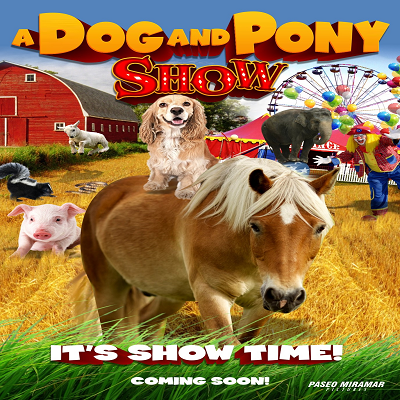
PBS
I can’t compete with six second vines… but I don’t have to. All I have to do is add enough novelty to get the kids hooked. I do this in many different ways. One of my favorites, is using entertaining movies and TV shows (and I don’t mean documentaries) in my World History classes.
Of all the material I show, my absolute favorite is …
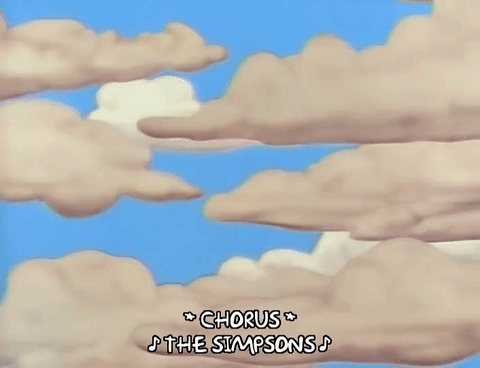
Simpsonsworld
The Simpsons was already more than a decade old when my current students were born (wow I’m old). So for many of them, it’s kind of like I’m showing them the Brady Bunch. Luckily for me, the Simpsons is timeless and kids still really enjoy it. I know this because whenever I see students at Prom or Graduation, they always think back to taking my class four years earlier and say, “Oh man. I loved how we watched the Simpsons all the time in your History class!” The passage of time definitely plays tricks on the mind because even though they recall watching it “all the time”, we really only watch four or five episodes each year.
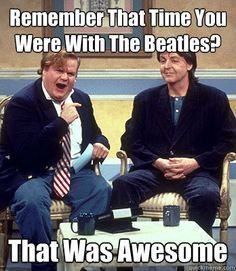
BVE
The first episode I show, “Lisa the Skeptic” (Season 9 episode 8) fits perfectly with my historiography unit in World History. In this unit, my students and I explore:
- The meaning of history
- Why studying history is important
- Choosing reliable primary and secondary sources
- Archaeologists/Anthropologists
- Point of view
- Bias
- The Four traditional theories of history
- (Geographical, Economic, Theological and Man... although I prefer "person")
After learning about these topics, I let my students show off what they really know by applying their knowledge to this episode. Their ability to apply the knowledge is far more important than their being able to regurgitate memorized facts.
This episode revolves around the children of Springfield digging up a skeleton that may or may not be an angel.
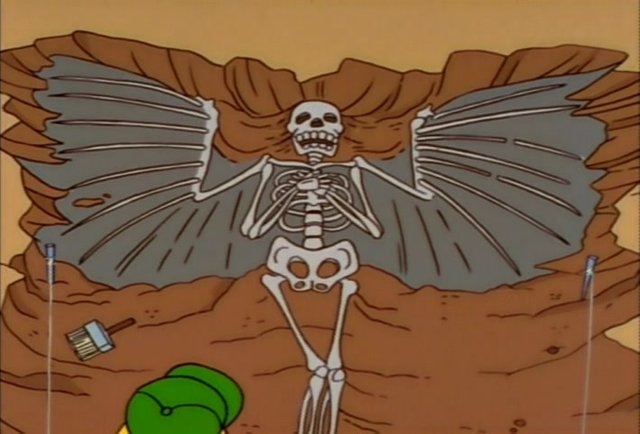
Fox Broadcasting
Because this is the first episode I show, my students are a little leery about the idea that it will actually connect to World History. I’m sure they think I’m just showing it because I have some paper work to catch up on or I had a little too much fun the night before. However, within two minutes of starting the episode, they see that I’m not wasting their time.
At approximately two minutes in, Principal Skinner’s voice booms over the intercom. He says “Attention: all honor students will be rewarded with a trip to an archaeological dig. Conversely, all detention students will be punished with a trip to an archaeological dig." This line immediately sparks a conversation about point of view and bias.
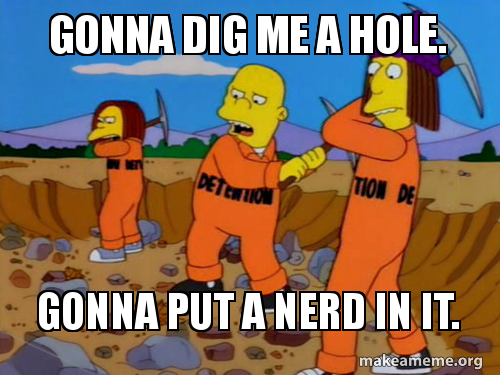
Fox Broadcasting
After opening up the discussion with a very concrete example, I am then able to ask the students to think back to a less obvious illustration from the very first minute of the show. In this scene, Lisa vehemently argues that it is essential for the town to perform an archaeological dig before a mini mall can be constructed on land that was known to be rich in fossils. This leads to a class discussion on why Lisa even cares… why is history important?
As the episode continues, many other opportunities for application of knowledge arise. The town is trying to figure out what exactly the bones are. This allows the class to discuss primary and secondary sources. They are able to give their opinion on which sources in the episode are reliable.
In addition, they see how religious bias can affect how history is written. The religious people of Springfield immediately believe the bones are from an angel, while the scientific community looks for other explanations. The students see first hand (in a funny and nonthreatening way) how the bias of the dominant group can change how history is recorded.
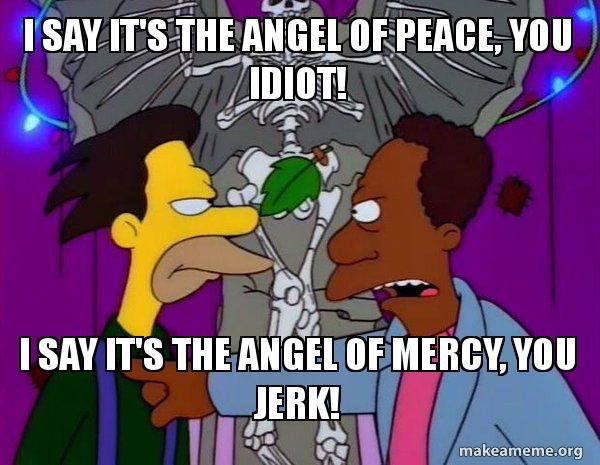
Fox Broadcasting
Students are also able to show that they know the difference between archaeologists and anthropologists. I could simply ask them the difference on a multiple choice test… but what good is that? I’d much rather have them analyze the characters in the show and explain which characters are acting like each kind of scientist. This also leads to the even more important question as to why these scientists’ jobs matter.
My absolute favorite part of the lesson is when the students apply the Traditional Theories of History to the program. Different characters provide varying explanations of what the bones really are. I ask my students to use the Traditional Theories of History to analyze the Springfield residents’ hypotheses.
Some students argue that there is a geographical reason the bones exist. They look to Lisa’s explanation that a Neanderthal fell into a river and was attacked by fish (leaving bones that look like wings) as evidence that this history was “created” by the fact that the Neanderthal lived near a river.

Fox Broadcasting
Others say this history was “created” because of economic determinism. The bones were put there by a business that was looking for publicity for their brand new mall. Therefore, money was the determining factor as to why the bones existed.

Fox Broadcasting
It is rather easy for my students to connect the discovery to Theological determinism. After all, the majority of the town believes the bones are the remains of one of God’s angels.
In order to apply the Man Theory (the idea that one important person is responsible for historical events) my students need to be a little more creative. They often have to start their explanations with “What if…” I love those two words! Those words show that the students are truly thinking. In this case, they usually say something like, “What if the Neanderthal were the leader of the tribe and he fell into the river because he was trying to get food for the tribe?” It’s a stretch… but that is what I want my students to do: stretch their minds.
Would you ever have guessed that an episode of the Simpsons could provide the inspiration for so much thinking by 15 year olds?
Here’s a quick vine about it...
Kidding.

Fox Broadcasting
I graduated high school almost 15 years ago and had a teacher who would play Simpsons episodes that were right on point to whatever lecture he was giving. I definitely remember those far more than a lot of the other generic lessons teachers were giving.
Also-
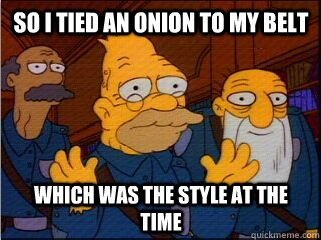
Perfect! I actually had that one and was going to open with it until I remembered young Abe's rant. Thanks for taking the time to give me some encouragement that my students really are getting something out of these.
That's actually really cool. I think any kind of teaching that gets the kids engaged and interested is good teaching. In my case, I remember the most the lessons in which someone brought something different to our attention..a movie, a song, some professional that researched interesting stuff....you know, those are pretty vivid in my mind still.
I must watch this episode :D
Thanks man. I use songs and art as well. Anything that tricks kids into thinking.
@hanshotfirst Any chance you might teach in sunny southern california.... I have a teen that could use a good teacher. Long shot, I know.
Hot and humid Chicago... soon to be icy and frozen Chicago. Why the hell do I live here?
Great job. A real boost to the education model. I knew a reading teacher who taught misfits and students with low reading skills that used Playboy magazine as a motivator and it was highly successful.
Well that's unique.
lol :D
What a great post! You did an excellent job of tying that all in. I think most kids grow up being educated by whatever television they watch. I know I learned more from Boy Meets World than I ever learned in my 4th grade classroom! I nominated you for Project Curie :)
Thanks! Great point. Kids are learning anytime they are awake. At least this way I can steer their learning a little bit. I actually learned from Brady Bunch reruns.
All those shows had great morals and positive messages. Hopefully the newer generation of shows can get back to that... I have my doubts though
My daughter just started watching a show called "Project MC2". It is all about teenage girls using their brains, science and math skills to save the world. I nearly cried when I saw it. It was so nice to see something that was telling little girls that their brains matter... and being good at math is awesome.
Dang, I wish I had you as a teacher, but from your references, I have a feeling we're the same age. btw - I love My Cousin Vinny. Forget the yoots. What's a grit? LOL
And here's where I love to completely confuse my kids. I'm more active on social media than they are. I've been using #CoolerThanMyKids for about 2+ years. And I love hearing them complain how adults are "ruining" their online lives. We did it to MySpace, Facebook and SnapChat. What's next? LOL And here's my perspective: The GenXers are kind of the last generation to actually touch a product before we buy it. We need to show these young whippersnappers that we're still cool and getting down and dirty is a good thing. You've found a 'down and dirty' way of reaching your kids and they never knew learning could be so fun. I really admire that. Bravo.
Way to get the Vinny reference! that was a little Easter egg for people born in the 70s. Good point about hands on before buying. Never really thought of that.